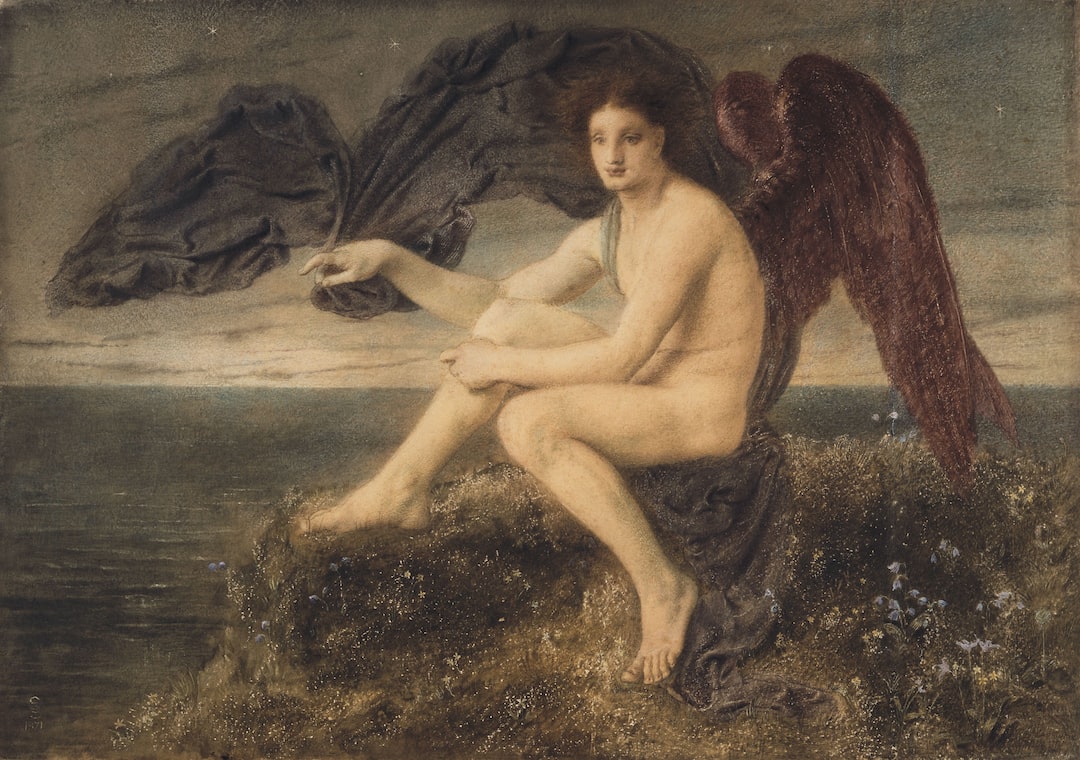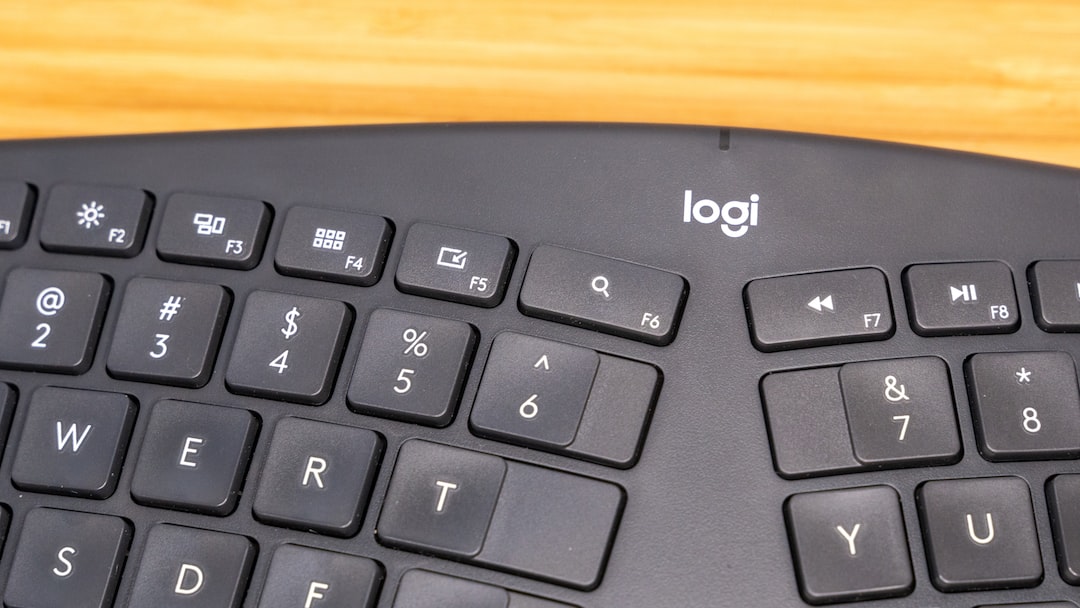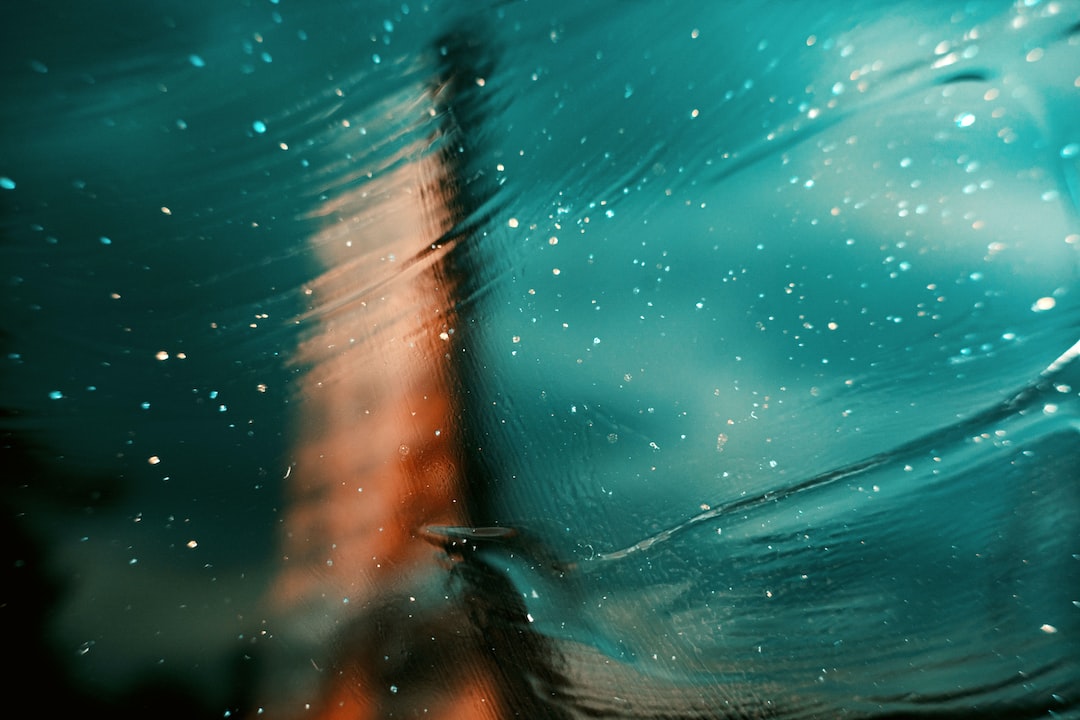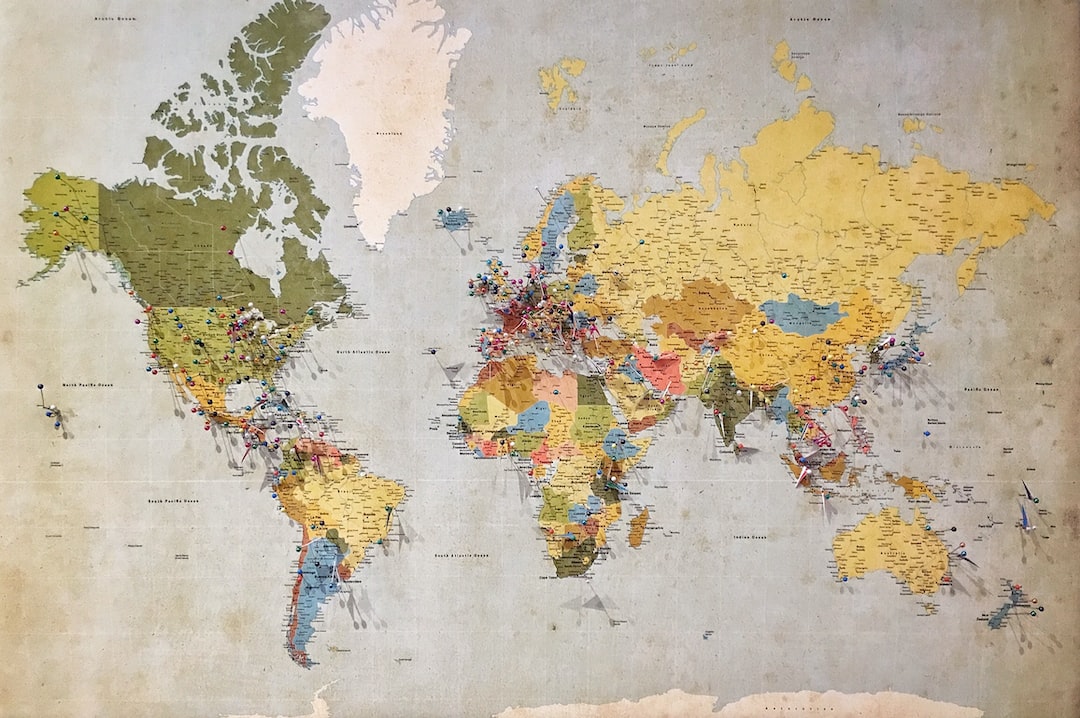So, picture this: It’s a Friday night, and you’re cozied up in your fave spot on the couch, ready to dive into the next big series or maybe binge-watch that movie everyone’s been raving about. As the opening scene comes into view, you’re instantly hooked—not just by the story or the characters, but also by the aesthetic of it all. The colors, the landscapes, the costumes, the freaking vibe—it all matches everything you’ve ever wanted in a visual experience. That one scene is so fresh and so uniquely curated, it’s almost like it was designed to be your next profile pic.
What you might not realize is that behind that breathtaking first moment is a ton of creative art and design work that makes film and television what they are today. Yup, there’s a whole world of artistic genius that goes into making your favorite shows, movies, and even those epic music videos you have on repeat. From production design and costume to cinematography and visual effects, every little detail is someone’s creative masterpiece. And honestly? It’s time we give those unsung heroes their flowers.🎨🎬
Art and Design: The Unseen Stars Behind the Scene
Let’s spill some tea: Everything you love about your favorite films and TV shows is rooted in art and design. While actors and directors often get all the clout (and let’s be real, they deserve it too), the meticulously crafted environments, the costumes that scream character vibes, and even the way a shot is framed, wouldn’t exist without a team of designers and artists putting in the grind.
When we talk about "art and design" in this context, we’re not just talking about splashes of paint on a canvas or an outfit put together by a stylist. We’re dealing with an all-encompassing aesthetic experience that influences how we feel, what we think, and how deeply we connect with the story.
From the way scenes are lit to the color palettes that set the mood, art and design are integral to narrative storytelling. Without it, a dark, moody thriller could very well feel like a light-hearted rom-com, and vice versa.
Production Design: The Backbone of Visual Storytelling
Ever wondered why the settings of your favorite films look so freaking detailed? That’s where production design enters the chat. This department is responsible for creating the physical world that the characters live in. Every wall, every piece of furniture, every prop—it’s all chosen to serve the story.
Consider the stark, industrial feel of "Blade Runner 2049," or the warm, homely vibe of "Stranger Things." These aren’t just random choices; they’re fricking calculated moves made to deepen the story. From the huge dystopian billboards to the smallest trinket on a desk, production design wraps around the narrative like a perfect emoji. 💯🔥
The Art of Cinematography: Painting with Light and Shadow
Cinematography might just be the MVP of this entire convo. Think of it as drawing with light—that’s what cinematographers do. The way scenes are framed, the lighting design, and even the color grading all contribute to how we emotionally connect to what’s happening on screen.
Remember the deep reds and blues in "Drive," or the dusty, sun-kissed hues in "Mad Max: Fury Road"? Those choices aren’t just about creating a pretty picture. They’re about conveying mood, building tension, and amplifying the story’s impact. 🎥✨
Cinematographers use light and shadow to guide your attention where it needs to be. A brightly-lit character can symbolize hope, while a shadow-cloaked figure may carry a menacing air. The color temperature—whether warm or cold—further dictates the emotional landscape of the film. And let’s not even start on the angles; a low angle can make a character seem powerful or a bit intimidating, while a high angle might make them appear small and vulnerable. This is art at its core.
Costume Design: Enhancing Characters One Thread at a Time
Now let’s talk fashion—specifically, costume design. 🧥👗 For a character to feel real, they need to look the part, and that’s where costume designers flex their skills. The outfits they choose for each character do so much more than just look chic—they visually communicate the character’s personality, social status, and even emotional state.
Take Harley Quinn’s look in “Suicide Squad," for example. Her colorful, yet chaotic ensemble tells you everything you need to know about her wild, unpredictable nature. It’s not just random; it’s intentional. Or think about the sleek, pristine costumes from "The Hunger Games" that clearly distinguished the extravagant Capitol from the downtrodden Districts. Fashion isn’t just aesthetic; it’s symbolic.
Costume designers study each character to choose pieces that align with their journey and backstory. Whether it’s giving Harley Quinn that bat and shirt combo or making Loki’s outfit exude a mix of royalty and rebellion, everything is chosen to enhance the narrative. Costume design isn’t just visuals; it’s a deep read into a character’s soul.🔥
Set Design: Creating Worlds from Scratch
Set design is what brings the production design to life. It’s like stepping into a whole new universe—literally. Imagine building a life-sized replica of the Titanic (shout out to production designers who actually created a massive set to replicate the historic ship). The set becomes another character in the story, one that adds layers of importance and context to the plot. 🚧🍿
In “Game of Thrones,” the set designs are honestly breathtaking. Whether it’s the icy, looming Wall in the North, the grandeur of the Iron Throne, or the rich tapestries of Winterfell, these aren’t just pretty backdrops. They inform the viewer about the culture, history, and power dynamics of Westeros.
It’s pretty awesome how much a set can tell us without even a single word spoken. Every angle, every material, and even the tiniest details like an old tapestry or a modern gadget placed strategically in a shot, work together to tell a bigger story. Set designers are like magicians bringing unseen worlds into our reality. 🌍✨
Visual Effects: Taking Art and Design to a Whole New Level
Let’s get digital—cause, honestly, visuals effects (VFX) are where modern art meets tech. Whether it’s creating fantastical creatures that couldn’t possibly exist IRL, or manipulating landscapes to match impossible storylines, VFX artists take those big ideas and make them pop on screen like the ultimate IG glow-up.
Think about the insane dragons from “Game of Thrones” or the entire, mind-bending world in Marvel’s “Doctor Strange.” Neither would be possible without visual effects. These artists work behind the scenes, layering CGI (computer-generated imagery) with live-action footage to bring the filmmaker’s vision to life.
But let’s not forget, digital art in VFX isn’t just about flashy, over-the-top effects; it can also be subtler. Think about the way Forrest Gump was seamlessly placed in historical settings or how entire cities are digitally altered to fit a certain time period. VFX is also about perfecting things that you might not even notice at first glance. It’s art with a high-tech twist, and it rocks! 🤖🎥
Color Grading: Setting the Mood with Hues and Shades
Color grading might not sound as lit as VFX, but believe it or not, it’s one of the most crucial steps in post-production. It’s where the whole film’s mood really comes together. 🎨💻
Color grading involves adjusting the colors in each shot to match the overall tone of the film. A horror flick might take on a cool, desaturated palette to make everything seem more eerie and dystopian. Meanwhile, a rom-com could be bathed in warm, rich tones to amp up those feel-good vibes.
Think about “Breaking Bad” and the iconic yellow-tinted scenes in the desert. This wasn’t natural lighting—it was color grading designed to reflect the arid, intense, and desperate atmosphere that Walter White found himself in. Or recall the electric, neon-soaked visuals of “Euphoria.” That wasn’t just a lighting choice; it was a deliberate effort in the grading room to match the show’s raw, emotional peaks.
When done right, color grading turns a simple shot into a mood, and that’s facts.
Animation: Where Art Becomes Motion
Let’s not sleep on animation, because come on—it’s literally art that moves. Animation combines visual art with storytelling, blending technique, and creativity to create everything from bittersweet character moments to epic battles. And no, it’s not just for kids anymore.
Take “Spider-Man: Into the Spider-Verse,” for example. That movie didn’t just challenge what animation could do; it basically rewrote the rulebook. The animation blended computer-generated models with hand-drawn elements, mimicking a comic book style while being entirely fresh. There’s even a blend of different art styles based on which Spider-Man character you’re looking at.
In animation, there are no creative limits. The artists can create anything that their minds can come up with, and that’s probably why it resonates so deeply. The worlds they create, the characters you love, all of it is born from a combination of visual art and in-depth design, and TBH, it’s straight fire. 🔥
The Synergy of Music and Sound Design
Okay, now let’s vibe to some tunes. 🎵🔊 If art and design are the visual brain, music and sound design are the emotional heart. Sound design isn’t just about catching the dialogue; it’s about filling the world with the right noises, music, and effects to make it feel alive. It’s like a playlist for the entire movie.
When you hear that iconic “Inception” BRAAAAHM sound (yeah, you know the one)—that’s sound design working in tandem with the musical score to elevate the intensity tenfold. Or think about “Stranger Things” and its synth-driven soundtrack, which instantly teleports you back to the ’80s.
Sound design goes hand-in-hand with visual storytelling for maximum impact. A soft tune can mean an emotional breakthrough, while loud, brash sounds can signify chaos. Separating the music from the visual experience would be like having something lit that you can’t even see. It all just hits different when combined. 🎧✨
Props: The Little Details That Make a Huge Difference
Props are where the tiny bits of magic happen. They might seem insignificant at first, but props are a massive part of making a movie or show feel legit. Whether it’s James Bond’s gadgets or the potion bottle in “Harry Potter,” props do so much to build the narrative. 🕶️🪙
What’s wild is that some props have even become legendary in their own right, like the DeLorean in “Back to the Future.” Seriously, fans geek out over this stuff. Those items aren’t just accessories; they’re iconic. They can clue you into character details, signify a turning point, or even serve as an Easter egg for the keen-eyed fans.
Props add another layer to the story’s visual language. Without them, films and TV shows would feel empty, almost like you’re looking at a puzzle missing half the pieces.
Make-Up and Prosthetics: Transforming Actors into Art
When you think about characters like The Joker or the Night King, what comes to mind? Yep, their standout make-up and prosthetics. Let’s give a shout-out to the artists who turn our favorite actors into living, breathing works of art. 🎨💄
Make-up and prosthetics are all about illusion. They give actors the tools they need to lose themselves in their characters, taking the audience along for the ride. Whether it’s turning Peter into Spider-Man or creating an entire alien race, these artists are absolute wizards.
Remember Mystique from the "X-Men" series? That flawless (and time-consuming) make-up work practically made the character come alive. It’s not just a slap of paint, it’s a whole art form that pushes the boundaries of what film can accomplish visually. And honestly, it’s this dedication that makes us Stan these creations.
Animation: The Art and Design Double-Whammy🔥
We already touched on how animation blurs the lines between visual art and storytelling, but let’s deep-dive into how it’s the ultimate fusion of all things creative. From Pixar to Studio Ghibli, animated films and shows create entire universes where every blade of grass, every flicker of light, is designed to serve the story.
Take the art direction in films like “Toy Story” or “Spirited Away.” The visuals aren’t just backdrops; they’re part of the narrative fabric. Everything draws the viewer deeper into these worlds, making you feel like you’re part of the story. That’s a wild level of immersion, craft, and love.
And let’s not forget how animation gives designers unlimited creative freedom. Want to create a whole new world? Done. Need a character to possess abilities that defy the laws of physics? Consider it sorted. The possibilities are not just endless; they’re limitless.
Lighting: The Art of Creating Moods
Fine, we’ve talked about cinematography—but lighting deserves its own shout-out. After all, being “lit” doesn’t just mean something cool anymore. In film, it’s a big deal. Lighting, when done right, basically sets the entire vibe of a scene. 💡📸
Trying to make a scene feel hopeful? Fill it with soft, natural light. Want to inject some tension? Cast some deep shadows and dim the lights. The right lighting can make even a simple conversation feel like the most intense thing you’ve ever seen.
That’s why lighting designers are key. They know how to play with angles, beam shapes, and brightness levels to set the scene (literally). In a horror movie, they might use unpredictable shadow angles to keep you on edge. In an indie teen drama, it’s that golden hour light through the window that makes everything look like a dream. This isn’t just flipping a switch. It’s art.
Props: Small Details and Big Impact
Props can also be rare, personal, or unique items that establish a character’s backstory or future trajectory. Imagine a warrior’s sword in a fantasy epic, visually narrating battles fought or kingdoms claimed. Or that mysterious briefcase from "Pulp Fiction"—we never learn what’s inside, but the prop’s significance is undeniable.
Sometimes, props are central to the plot, like the One Ring from "The Lord of the Rings." The narrative wouldn’t hold as much weight without it. These items aren’t just random accessories but pivotal aspects of storytelling.
So, next time you see a cup, a ring, or a notebook in a film, pay attention. It might just be the puzzle piece that completes the story’s picture.
Set Dressing vs. Props: Know the Difference
Alright, here’s a curveball—Set dressing vs. props, what’s the diff? While they might sound similar, they serve different roles. ⚒️🏺
Set dressing is everything that decorates a set but isn’t necessarily handled by the actors. Think furniture, curtains, wall art, etc. It’s all about making the environment feel lived in and authentic without directly interacting with it. Those vintage posters in the background of “The Breakfast Club”? That’s set dressing. It adds layers of narrative depth.
Props, on the other hand, are items that actors physically interact with. Luke Skywalker’s lightsaber isn’t just set dressing; it’s a critical prop. While set dressing provides ambiance, props become integral to character action and plot.
Basically: props are lowkey actors, while set dressing is like the setting sun that fuels their drama.
Iconic Examples of Art and Design in Film and TV
Let’s get into some iconic examples that have made a mark in popular culture. These are the moments when the marriage of art, design, and the story was just…chef’s kiss. 👩🍳💋
Wes Anderson’s Symmetry: Known for his obsession with aesthetic symmetry, Wes Anderson’s films—like "The Grand Budapest Hotel"—are visual symphonies of colorful, intricately designed scenes. Every detail is balanced, like an Instagram feed curated to the gods.
Guillermo del Toro’s Monsters: “Pan’s Labyrinth” is a masterclass in creature design, blending imagination, history, and a macabre aesthetic to give us monsters that are both terrifying and stunningly beautiful.
Ridley Scott’s “Blade Runner”: The futuristic, neo-noir aesthetics of "Blade Runner" have influenced decades of sci-fi design. It’s the reason why so many dystopian futures on-screen look the way they do—dark, moody, and densely atmospheric.
Tim Burton’s Darkness: From “Edward Scissorhands” to “The Nightmare Before Christmas,” everything from the character design to the setting screams Burton. It’s a quirky, gothic, and uniquely macabre vibe that nobody else can replicate.
Bong Joon-ho’s “Parasite” Set Design: The intricate set design of “Parasite,” from the contrasting architecture of the affluent Park family’s house to the dingy semi-basement of the Kim family, speaks volumes about the social disparities central to the film’s theme.
These examples are proof that art and design aren’t just add-ons; they’re essential tools for storytelling.
The Sneaky Power of Title Design
Title sequences and logos—let’s not forget about these tiny, yet mighty pieces of visual storytelling. Title design is often your first taste of the world you’re about to dive into, and a good one sets the tone for the entire ride. 🎥✨
Take the opening sequence of “Stranger Things.” That simple, red-glow title was enough to plug us into the series’ retro, spooky vibe before we even met the characters. Or think about “Mad Men”’s minimalist silhouette of a man falling—right off the bat, you knew you were in for some deep and introspective storytelling.
Title designers use fonts, colors, and tiny visual cues to give you the whole vibe of the show or film in a matter of seconds. Seems like a small thing, but it can be just as iconic as the story itself.
Timeless Techniques With Modern Twists
Alright, let’s get real. While technology has leveled up filmmaking through VFX and CGI, old-school techniques still hold serious weight. Techniques like matte painting, miniatures, and practical effects are timeless art forms, often giving more grounded authenticity—like using intricate miniatures in "The Grand Budapest Hotel," adding a layer of charm the CGI can’t replicate.
In fact, blending old techniques with modern VFX (like in “Mad Max: Fury Road”) results in something that’s so visually satisfying. It’s like taking the essence of retro and giving it that much-needed glow-up with modern swag. 💎✨ The throwback designs and practical effects are grounding in a way that reminds us that even in a digital era, there’s beauty in doing things by hand.
Keeping the Flow: Storyboarding as a Blueprint
Imagine trying to put together a lit TikTok dance routine without practicing first. 😅 Storyboarding is kind of like that, but for filmmakers. It’s the visual planning process where every shot, angle, and movement is sketched out before the cameras start rolling.
Think of storyboards as the film’s blueprint. It removes a lot of guesswork and ensures that every department—be it lighting, props, or VFX—is on the same page. While the final product might look spontaneous and trendy, the process behind it involves a lot of forethought, design, and detailed art.
Directors like Steven Spielberg and Alfred Hitchcock were notorious for their meticulous storyboards. It wasn’t just about capturing the right shot; it was about ensuring the narrative flow hits the right beats and visually transitions smoothly.
Film Posters: The Art You Take Home
Film posters are like the final form of art and design in film and television. The art needed to convey the essence of an entire movie in one still image is a special kind of skill. 🎨
Posters aren’t merely marketing tools; they’re iconic. Think of how many dorm rooms or living rooms you’ve seen with "Pulp Fiction" posters or "The Dark Knight" in them. That isn’t just fan merch; it’s an extension of the movie experience.
Great posters not only advertise the movie. They capture the vibe, offering a sneak peek into the film’s essence. Some, like the poster art for "The Shining," go on to become legendary in their own right, capturing the essence of on-screen horror through subversive design. They encapsulate characters, plots, and emotions in a way that’s meant to resonate long after you’ve left the theater.
Expanded Universe: Merch, Fan Art, and More
Don’t think we’re done yet. The art and design of film and television don’t have to end when the credits roll. Nah, these designs become a part of culture – from memes to merch to fan art.
Movies like “Star Wars” have iconic designs that have become cultural phenomena. The franchise’s props, costumes, and set designs are so ingrained in pop culture that you see them echoed in street art, fashion, and even non-related movie designs.
Fan art also plays a huge role in the larger conversation. When people start making fan edits, creating alternate posters, or even re-envisioning characters with their own art, it’s a sign that the original design resonated. And honestly, that’s when you know you’ve crafted something timeless.
FAQ Time—Cause We Know You Have Some 🤓
Q: Why is color grading such a big deal?
A: Because it sets the freakin’ mood! It can take a shot from “meh” to “damn!” by tweaking the colors to match the story’s emotional undertones. Think of it as the Instagram filter for films.
Q: Do all films use CGI now?
A: Not all! While CGI is a huge tool in the modern filmmaking toolbox, some films still rely on practical effects, miniatures, and old-school tricks of the trade. It’s all about what serves the story best.
Q: Why are animations considered a form of art?
A: Umm, cause they’re a mad blend of creativity? Each frame of an animated movie is like a still artwork, crafted by dozens of artists to create one cohesive story. It’s basically a moving gallery of design.
Q: What’s the point of storyboarding in the age of digital tech?
A: Even with advanced tech, storyboarding keeps the creative vision on track. It ensures everyone knows what’s happening when the cameras roll and nothing is left to chance.
Q: Can fans really influence film design?
A: Absolutely! Fan art, merch designs, and even memes often catch the attention of studios and creators, feeding back into official design elements. Fan creations often keep fandoms alive and vibrant, extending the life of the movie beyond its release.
Wrapping Up: The Visual Language of Film and TV
So there you have it—why art and design are the absolute glow-up factors in film and television. These aren’t just background elements; they’re key players that make everything click. Whether it’s the meticulous details in production design, the vibe set through cinematography, or those iconic costumes that make characters pop, it’s all a massive collab of artistic vision.
Next time you’re watching your favorite series or movie, take a moment to appreciate the visual language being spoken. The layers of thought, creativity, and artistry are what make these experiences not just stories but full-on aesthetic journeys. And IMHO, that’s worth fangirling over. 🎬🎨
Sources and References
- "The Complete Film Production Handbook" by Eve Light Honthaner
- "The Art of Film: John Box and Production Design" by Ian Christie
- IMDb Pro Insights: Explore how different roles in film production contribute to visual storytelling.
- “Art of the Title” online magazine – For deep-dives into iconic title sequences.
- "Film Directing Shot by Shot: Visualizing from Concept to Screen," by Steven D. Katz.
()




